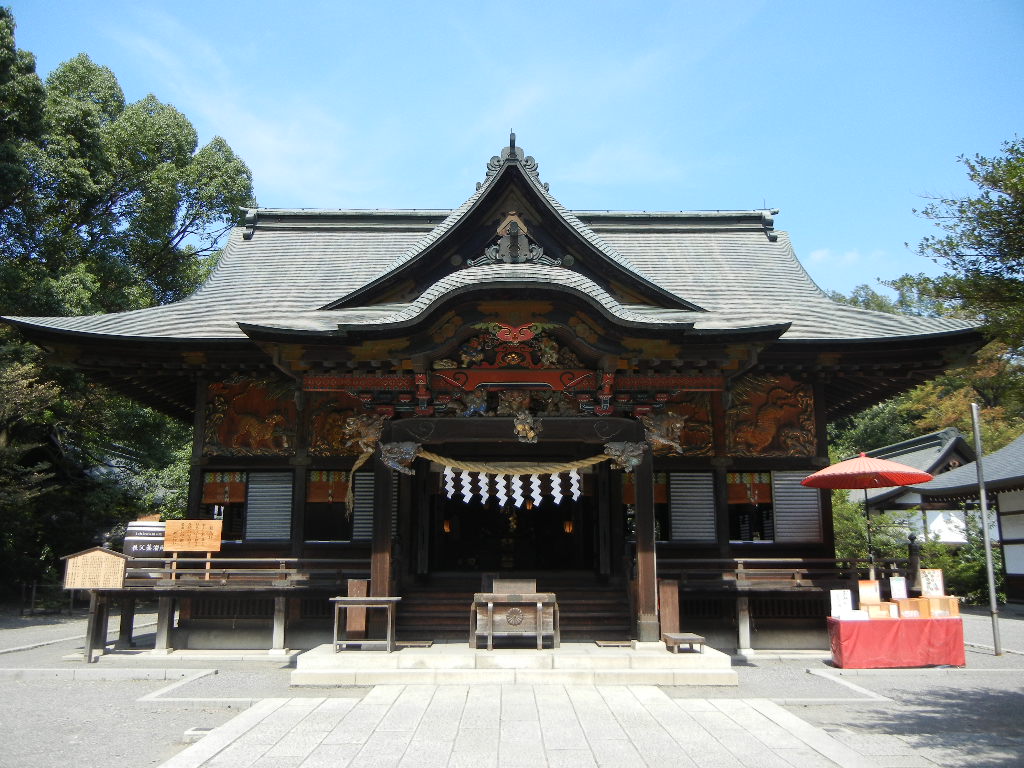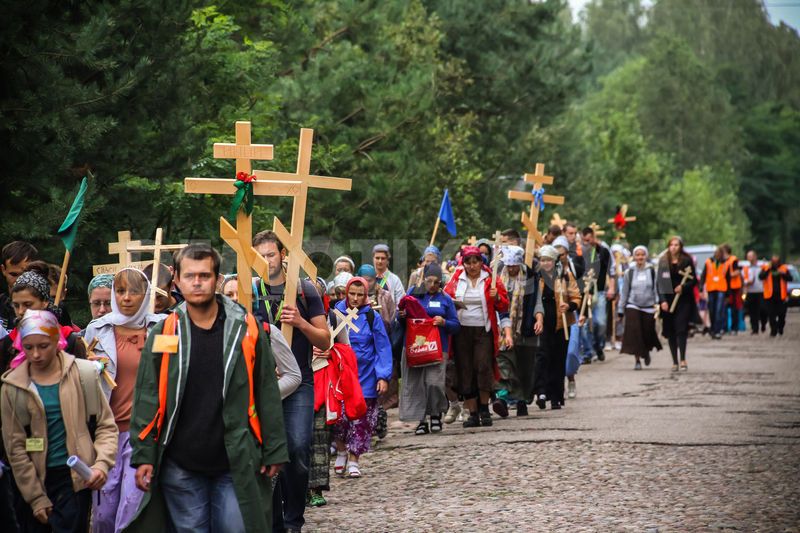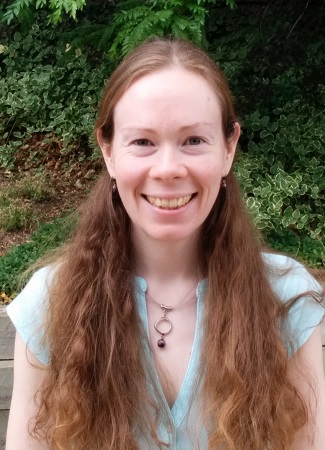How do you choose a vacation destination? Is it a specific location with personal meaning, or is the potential for exploration more alluring than anything else? If you visit the same location over and over again, is that a pilgrimage? These are just a few questions that came to mind after listening to the recent Religious Studies Project interview with Prof. Ian Reader of Lancaster University. Reader has spent much of his academic career investigating the idea of pilgrimage and challenges the listener to think through the difference between a ‘pilgrim’ and a ‘tourist’ in the contemporary world.
Prior to listening to Reader’s remarks, my understanding of a pilgrimage was the following: an arduous trip undergone by an adherent of a religious tradition, to a site with meaning or importance in that tradition, with the expectation of gaining spiritual fulfillment or insight during – or as a result of – the journey. I realize now that my understanding of pilgrimage is idealistic, a touch naïve, and largely shaped by my previous studies of medieval Christianity. Reader suggests that scholarly understanding of pilgrimage is much like mine, and often abstracted from reality, simplistic, and too limited. In his most recent publication, Pilgrimage in the Marketplace (Routledge, 2014), Reader examines in detail the complexities of pilgrimage sites, considering how pilgrimages are developed, constructed, and marketed. He further highlights that the success of a pilgrimage site is based on the number of visitors; if no one visits, it is likely to decline. The popularity of Lourdes, for instance, is not simply that it is a place that was visited by Mary. The Church supported Bernadette because she fit the image of a pious young Catholic woman. The location of Lourdes in relation to transportation (roads, train line, etc.) made it viable as a destination for Catholic pilgrims. In other words, Lourdes was not only a place where Mary appeared – there are many of those all over the world – but it had other, necessary qualities to make it a pilgrimage destination. Reader also discusses what motivates people to go on a pilgrimage. In his research in Japan, he found that very few people go on a pilgrimage to achieve enlightenment. More commonly it is an escape from everyday life, or provides the person with a sense of being in a location where something important could happen. Along the same lines, Reader explains that places such as Lourdes, Santiago de Compostela, and Shikoku are places where ordinary individuals can go to have a private, unmediated encounter with the world of the sacred/spiritual/divine.
Of all the examples that were mentioned in the interview, the one that stayed with me is of Chichibu, a Japanese shrine to Kannon that was in a state of severe decline until it played a role in a popular anime series.

 Chichibu Shrine
Chichibu ShrineAfter that, the shrine experienced a resurgence of interest as a destination – not by those visiting out of devotion to Kannon, but out of curiosity to see the place that factored in a beloved show. As scholars of religion, how do we represent that renewed interest? Reader strongly critiques the idea that the rise in popularity of some pilgrimage sites indicates a renewed religious fervor; Reader maintains that such an understanding does not investigate the nuances of why a site has become popular or how that has occurred. Perhaps one shrine is more accessible, or is located in a region with other, non-religious attractions such as hiking spots, or simply sells better souvenirs.
Because of my ongoing academic interest in religions in Japan, I hope someday to visit in order to experience the people, places, and culture. I would make a point of visiting as many Buddhist temples and Shinto shrines as possible, as well as other sites of cultural and historical interest. Since I am neither Buddhist nor Shinto, I would not consider this to be a pilgrimage. It would be an educational trip that I would also enjoy, and from which I would derive intellectual satisfaction. In my mind, I would be a tourist. According to Reader, the temples and shrines have adapted to be appealing to travelers like me, rather than those on a spiritual journey. It is tourists, rather than the religiously inclined, who determine what temples and shrines remain economically afloat.
As a related thought, I also wonder if academics are a contemporary type of pilgrim. We are seeking knowledge, our research trips are filled with purpose, and we may visit a certain place multiple times in pursuit of a goal. Moreover, if the academic is also a practitioner of the religious tradition, do those research trips take on an additional, personal meaning? Have we considered the impact that our travels (and subsequent writing) may have on the success or failure of a destination? Extrapolating from Reader’s remarks, one distinction might be the lack of economic gain for a tour agency that would set apart research-oriented travel from pilgrimage.
This highlights the one aspect of the topic that Reader does not directly address in the interview: what is a pilgrim? Who is a pilgrim? Simply visiting a shrine, cathedral, temple, or other ‘sacred’ site cannot be the defining characteristic. Based on the examples from Reader’s study of Japanese pilgrims and pilgrimage locations, it seems that there is a dictionary definition for a pilgrim, such as “a person who journeys to a sacred place for religious reasons,” and the more complicated pilgrim of the modern world who may or may not declare themselves to be a pilgrim, but makes a specific journey to a place that holds special meaning, whether that’s Lourdes, Chichibu, Santiago de Compostela, Graceland, or Nelson Mandela’s prison cell on Robben Island.
References
Reader, Ian. Pilgrimage in the Marketplace. Routledge Studies in Religion, Travel, and Tourism. New York: Routledge, 2014.
Pilgrimage Sites and Further Information
Chichibu, Japan –
Guadalupe, Mexico –
Basilica de Santa Maria de Guadalupe
Lourdes, France –
Sanctuary of Our-Lady of Lourdes
Saigoku Kannon Pilgrimage, Japan –
Saigoku Kannon Pilgrimage (Wikipedia)
Sacred Japan (website of a Shingon priest & tour guide)
Santiago de Compostela, Spain
Camino de Santiago (The pilgrimage route to Santiago de Compostela in pictures)
Shikoku, Japan –
Pilgrimage to the 88 Sacred Places of Shikoku (tourism website)



